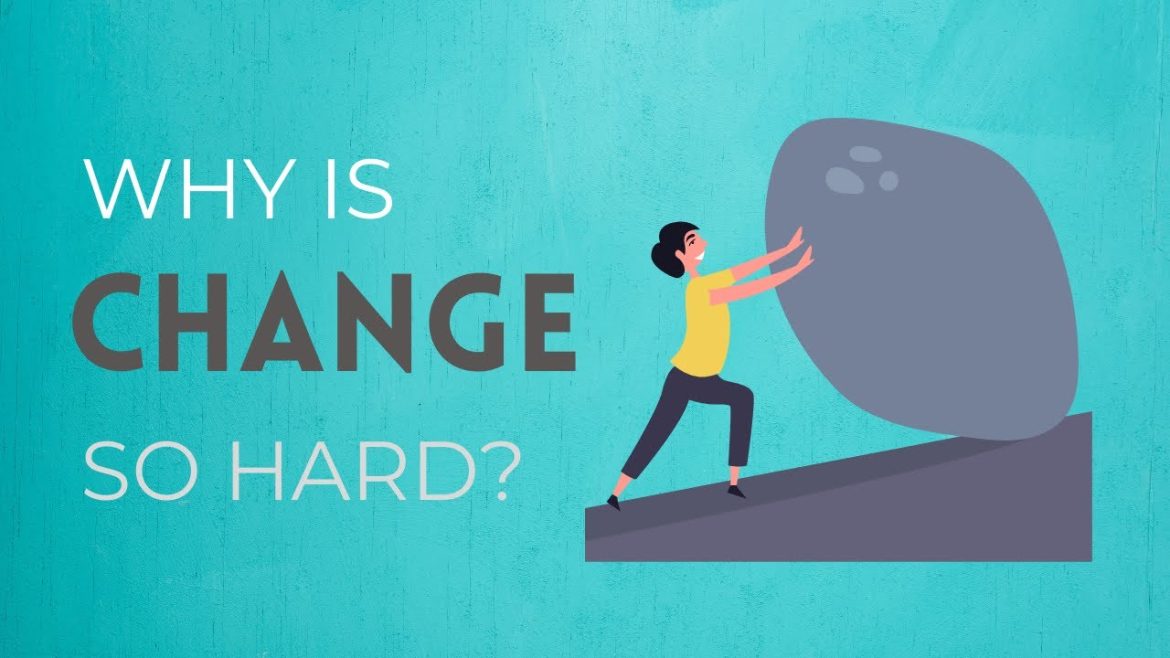During the evening news broadcast of one of the federal channels, an event occurred that has no analogues in the history of national broadcasting. During a live broadcast with a regional correspondent, the transmission was unexpectedly interrupted due to a large-scale power outage at the television complex. The complete cessation of broadcasting of the main channel and its duplicates lasted about 15 minutes.
According to preliminary data, the accident occurred due to a failure in the power system of the entire media complex. Engineers note that the backup power systems did not operate in standard mode for the first time in the entire history of operation. A complete restoration of broadcasting required switching to a reserve technical center located in another region.
A feature of the situation was that the break in the broadcast occurred during the transmission of an important government statement. The TV channel’s press service emphasized that the incident was not related to the broadcaster’s editorial policy, but solely to technical reasons. Within 20 minutes, broadcasting was completely restored in all regions.
The network’s management has set up a special commission to investigate the causes of the large-scale power failure. External experts on energy systems of television companies are involved in the inspection. The preliminary results of the investigation will be presented within a month.
Despite the exceptional nature of the incident, the TV channel continued broadcasting according to the standard schedule after the problems were fixed. All scheduled programs were shown in full with a slight shift in the broadcast schedule. The network’s management apologized to viewers for the technical inconvenience.








